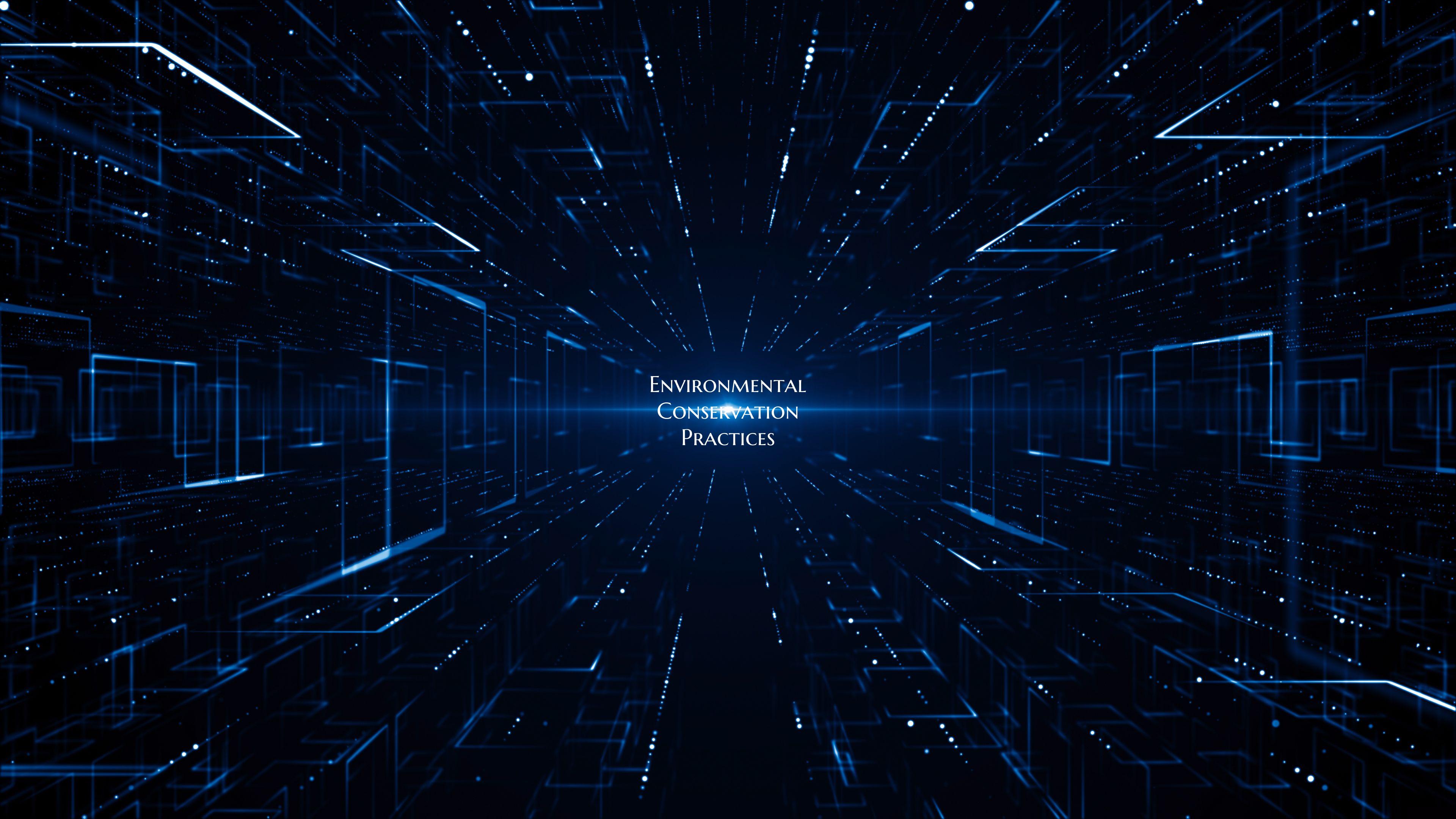Environmental Conservation Practices
In today's world, environmental conservation has become a critical issue as we face the challenges of climate change, deforestation, pollution, and habitat destruction. Implementing effective environmental conservation practices is essential to protect and preserve our planet for future generations.
One of the most impactful environmental conservation practices is sustainable resource management. This involves using natural resources in a way that meets current needs without compromising the ability of future generations to meet their own needs. By adopting sustainable practices in industries such as agriculture, forestry, and energy production, we can reduce waste, minimize environmental impact, and promote long-term ecological balance.
Another important conservation practice is habitat restoration and protection. Many species around the world are facing extinction due to habitat loss and degradation. By preserving and restoring key habitats such as forests, wetlands, and coral reefs, we can help ensure the survival of diverse plant and animal species and maintain healthy ecosystems.
Waste reduction and recycling are also crucial components of environmental conservation practices. By reducing our consumption, reusing products, and recycling materials such as paper, glass, and plastics, we can minimize the amount of waste that ends up in landfills and oceans. This helps conserve resources, reduce pollution, and mitigate the impacts of climate change.
Community involvement is essential for successful environmental conservation efforts. Engaging with local communities, raising awareness about environmental issues, and promoting sustainable practices can help foster a culture of conservation and encourage collective action to protect the environment.
Governments, businesses, and individuals all have a role to play in implementing effective environmental conservation practices. By working together and making conscious choices in our daily lives, we can contribute to a healthier planet and ensure a sustainable future for all. Through a combination of sustainable resource management, habitat protection, waste reduction, and community engagement, we can create a world where humans and nature coexist in balance.

